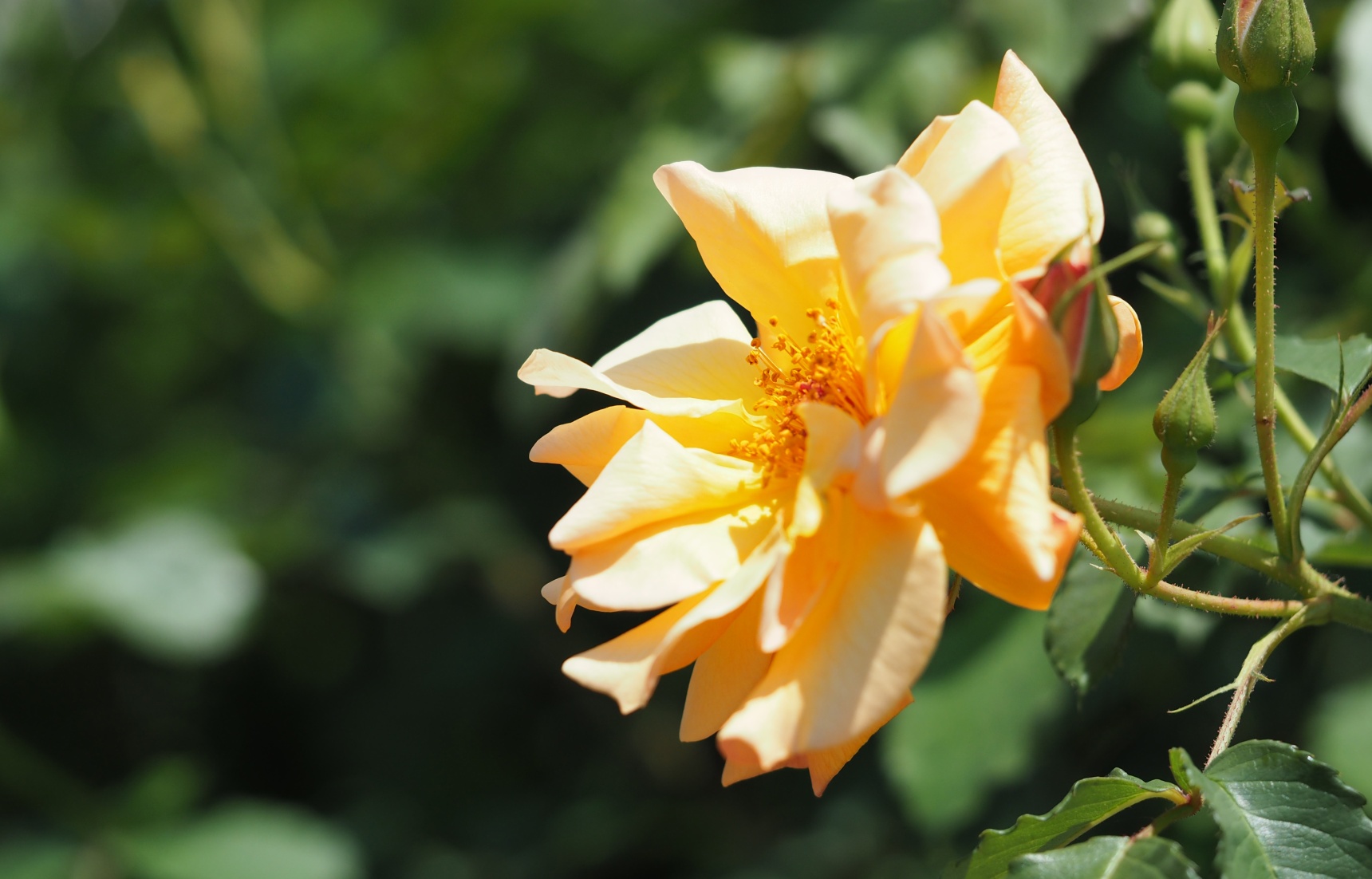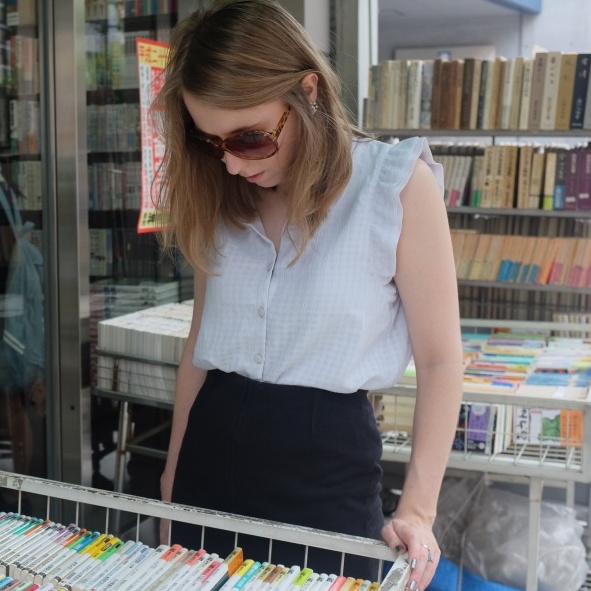More Autumn Colors: Glorious Rose Gardens Near Tokyo
Oranges, reds and yellows are strongly associated with the transition to autumn in Japan—whether it's the Japanese maples in gardens or the grilled sweet potatoes on our dinner plates. However, roses shouldn't be counted out, as many come into bloom for a second time during the autumn months. Read on to find out more!
By Elizabeth SokJindai Botanical Garden, Tokyo
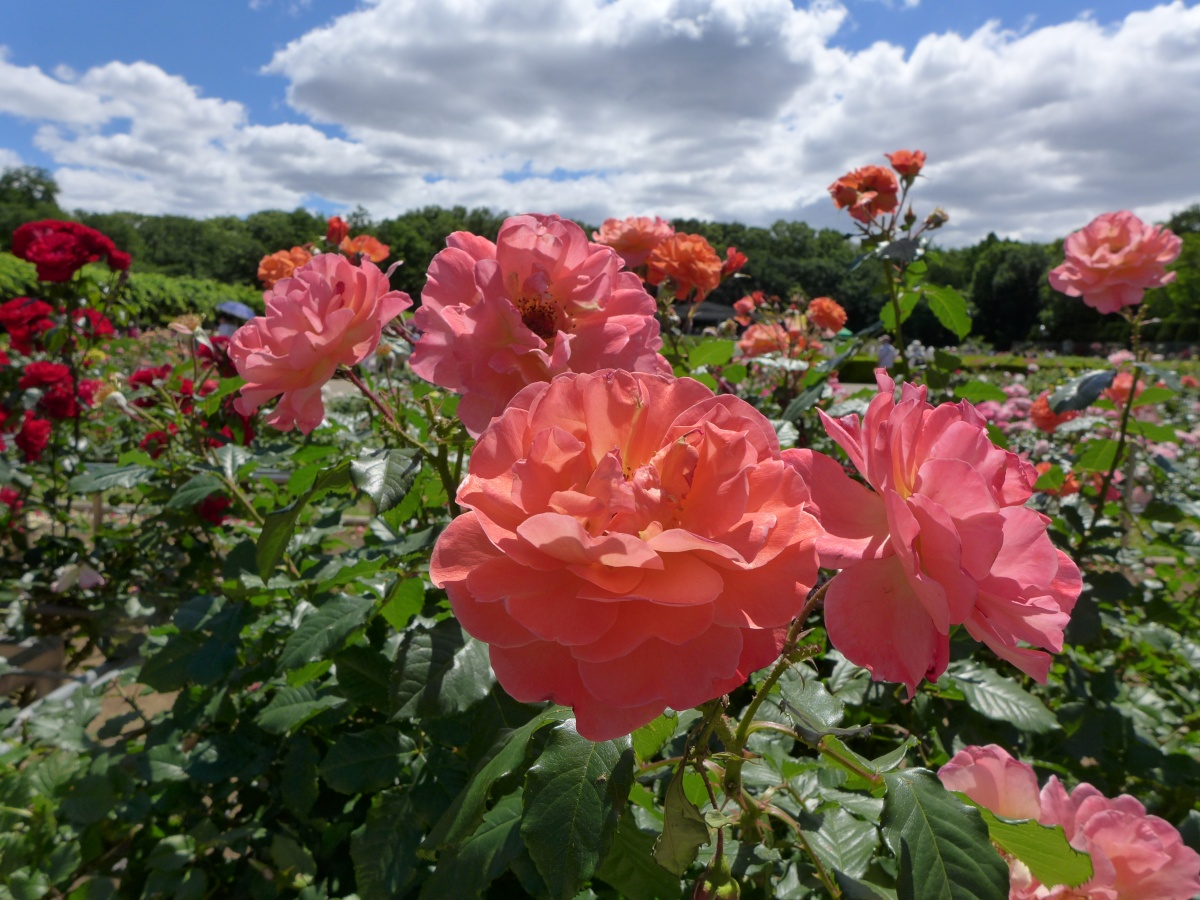
https://www.flickr.com/photos/127797696@N04/42714136461/
Tokyo’s first and only botanical garden, the Jindai Botanical Garden first started out as a tree nursery prior to World War II. The fertile soil on the Musashino Plain that stretches alongside the Tama River in western Tokyo, helped grow trees that would be later used to provide shade for Tokyoites living and working in the city center. After the end of the war, the area was unveiled as a public green space named the Jindai Green Zone before its final transformation in 1961 into the botanical garden we know today.
In addition to housing over 100,000 trees and almost 5,000 species of plant life, including sakura trees, azaleas, water lilies, and many more, the Jindai Botanical Garden features one of the largest rose gardens in the whole city. This award-winning rose garden has two blooming periods, one in the spring and another in the autumn. Approximately 400 varieties of roses are spread over more than 5,000 bushes. Among the rows of this symmetrically designed garden are old, modern and new roses.
Check out the Autumn Rose Festa which will be held from October 3 to November 12. In between admiring the autumn roses in full bloom, make time to peruse the festival market and catch some live music.
Address: 5 Chome-31-10 Jindaiji Motomachi, Chofu, Tokyo 182-0017
Jindai Botanical Gardens Website
Yamashita Park, Yokohama
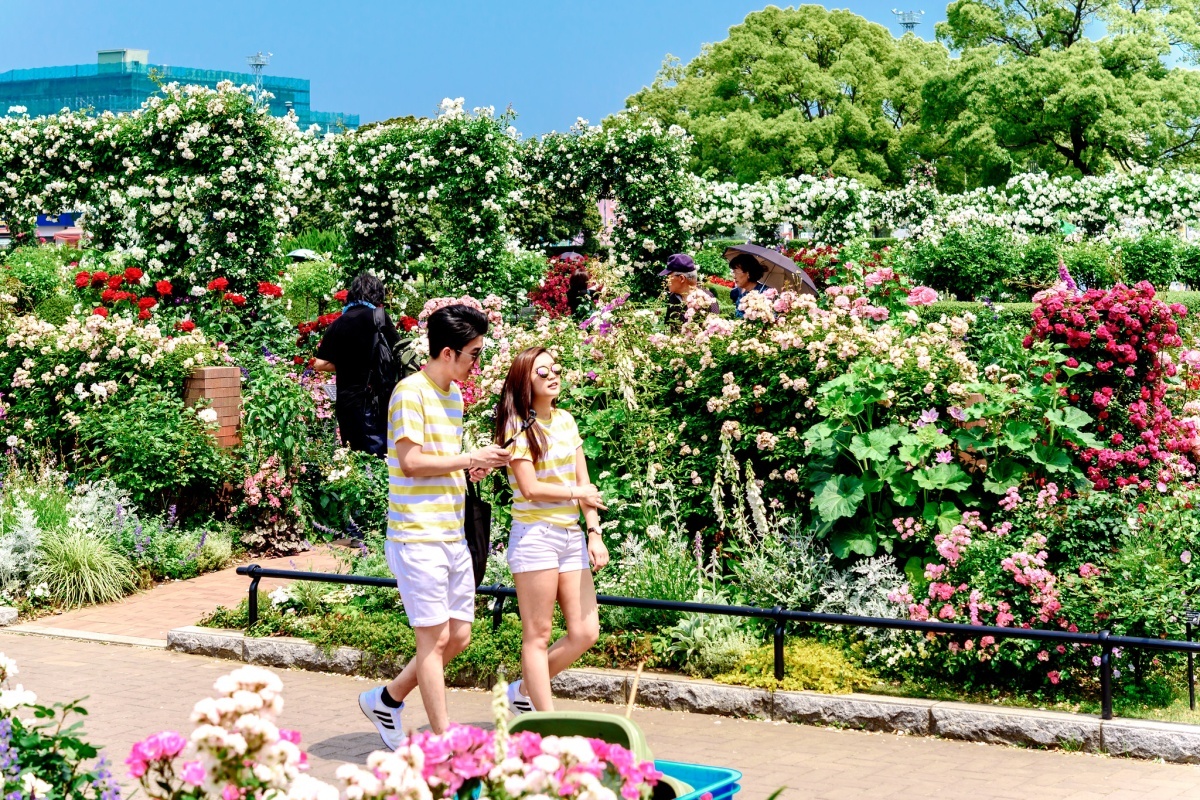
https://www.flickr.com/photos/dakiny/27332876517
Yokohama's Yamashita Park was created out of the rubble of the destroyed commercial district In the wake of the devastation caused by the 1923 Great Kanto Earthquake. Opened in 1930 as a public park, it was meant to symbolize the city’s past, present and future as a transnational hub connecting Japan to the world. Visitors can explore a museum housed in the Hikawa Maru, a decommissioned ocean liner, as well as several monuments to Yokohama’s sister cities and its multiethnic communities.
From the middle of October to the beginning of November, take a walk through the Future Rose Garden, renovated and reopened in April 2016. With over 1900 rose bushes representing 160 species, this garden has lots to see for rose fans and casual admirers alike. Admire the climbing roses reaching for the sky and come face-to-face with the head of a standard rose which stands delicately atop a single tall stem at eye level.
If you’re taking photos in the garden, you’ll have plenty of Yamashita Park landmarks as backgrounds, including the Hikawa Maru and the Marine Tower. Come and honor Yokohama’s history of importing roses into Japan by paying a visit to Yamashita Park!
Access
Address: 279 Yamashitacho, Naka Ward, Yokohama, Kanagawa 231-0023
Yokohama Official Visitors' Guide Website
Verny Park, Yokosuka
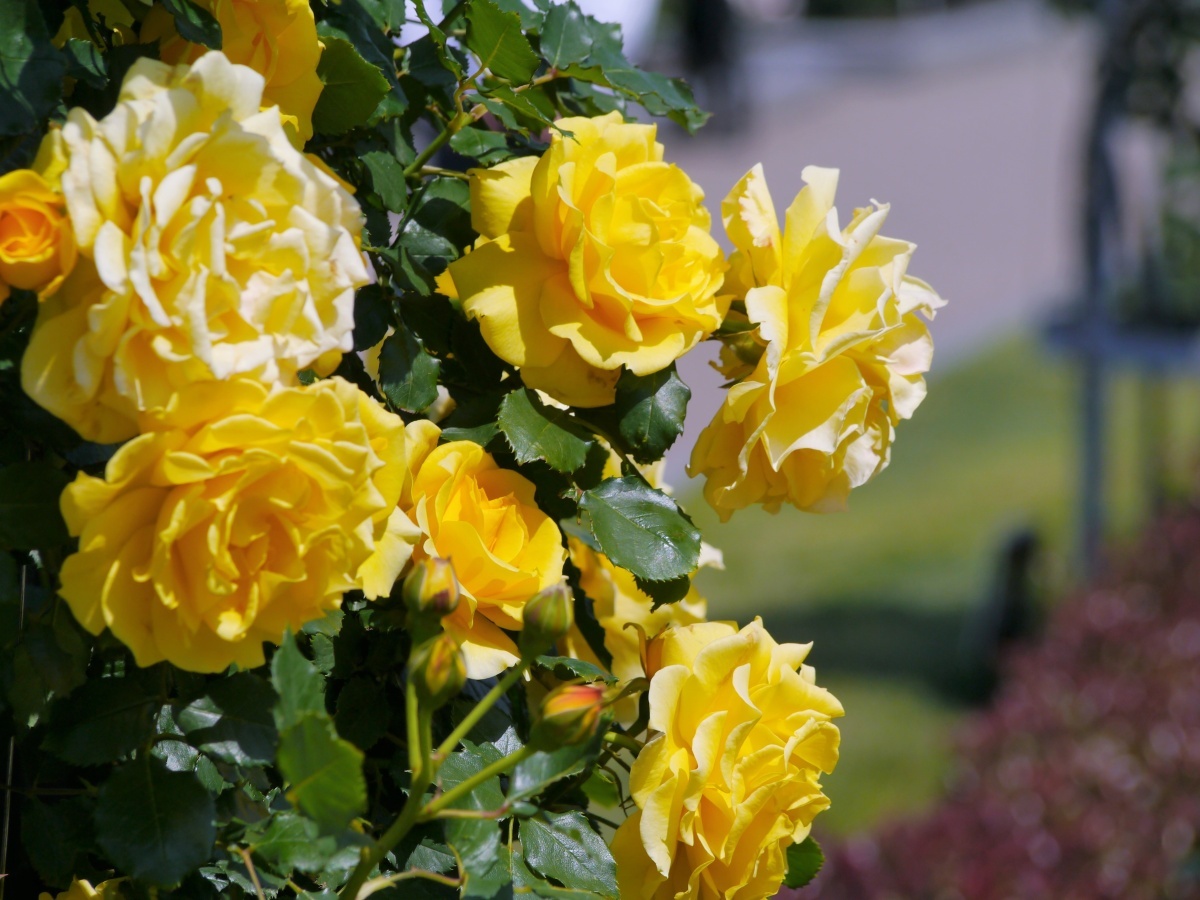
https://pixabay.com/ja/photos/%E3%83%B4%E3%82%A7%E3%83%AB%E3%83%8B%E3%83%BC%E5%85%AC%E5%9C%92-%E3%83%95%E3%83%A9%E3%83%B3%E3%82%B9%E5%BC%8F-%E3%83%90%E3%83%A9-1327247/
Originally constructed in 1946 and renovated in 2001, Verny Park is a testament to the long and fruitful relationship between Japan and France. Verny Park honors Léonce Verny, a French naval engineer who helped construct several naval facilities here in the late 1800s. It also celebrates French culture in its design, which features a geometric layout and flower bed arrangement characteristic of French gardens. Also on the premises are a fountain and Western-style pavilion.
Verny Park has approximately 1,700 rose bushes containing about 130 species of roses, including the five-petaled yellow Milky Way and the Emi Rose—whose array of petals can come in a mixture of brown, apricot and purple. On the weekend of October 21-22, the park hosts a rose festival where visitors are able to purchase rose seedlings, browse a pop-up market and listen to live performances. If you can’t make it for the festival, don’t worry. The autumn roses are in bloom from late September to the middle of November.
While you’re there, enjoy a walk on the park’s boardwalk overlooking the port for photos of the colorful roses juxtaposed against the naval vessels. Immerse yourself further in the beauty of Verny by grabbing a bite on the terrace at the Corsaire Cafe as you look out on this slice of France.
Access
Address: 1-1 Shioiricho, Yokosuka, Kanagawa, 238-0042
Verny Park Website (Japanese)
Ibaraki Flower Park, Ibaraki
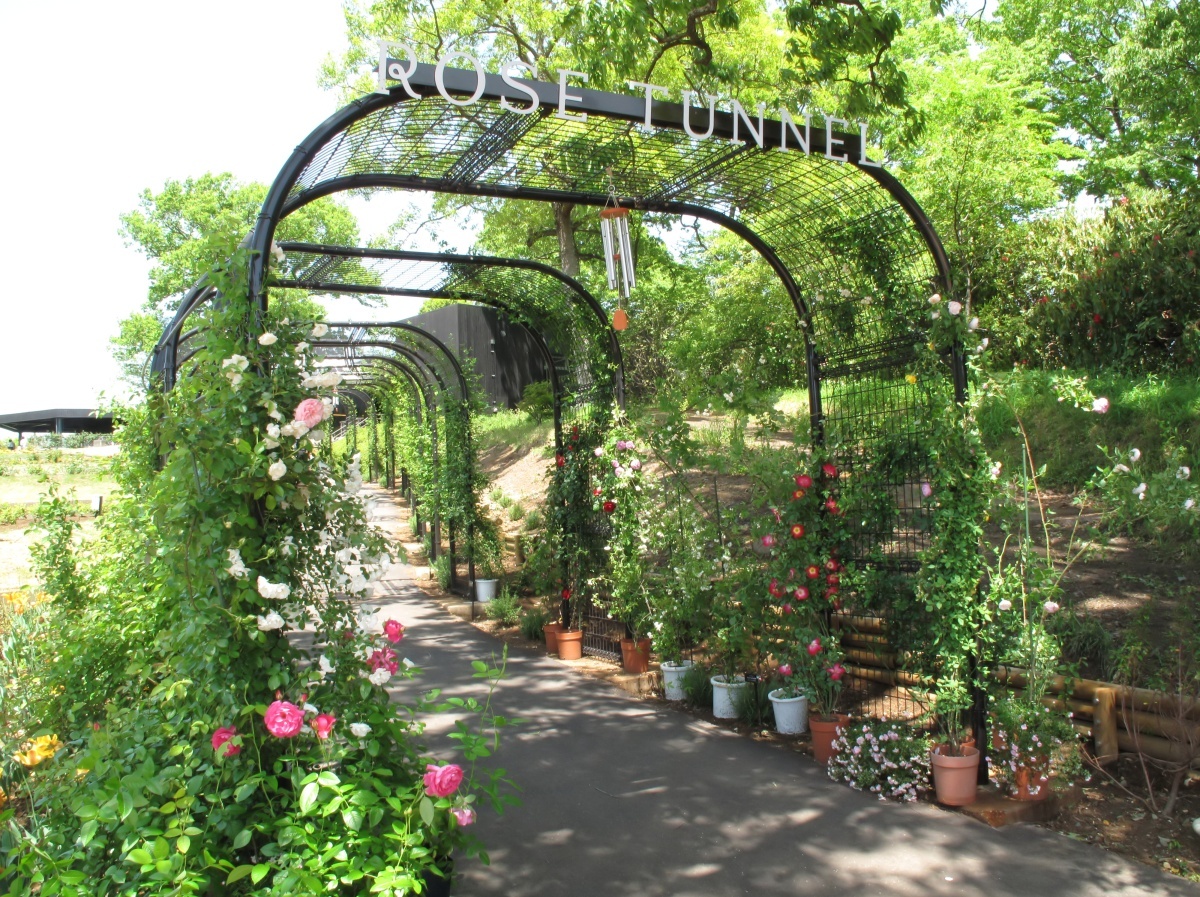
https://commons.wikimedia.org/wiki/File:Ibaraki,_Ishioka,_Ibaraki_Flower_Park_Rose_Tunnel.jpg
Since it opened in 1985, the Ibaraki Flower Park has been showcasing the glory of flowers across all four seasons, as well as offering a rich experience that stimulates the five senses. Roses are the official prefectural flowers of Ibaraki, and this park prominently features 900 varieties. The roses are divided into different gardens, each with a unique theme—such as the Rose Color Garden where the roses are arranged according to their color profile, or the Aroma Rose Garden where you can experience their various scents.
The Rose Tunnel is a particularly popular attraction, where hundreds of vine roses are grown along metal archways forming a magnificent pathway that leads you through different gradations of color and varieties of roses.
The park also includes several dining options such as the Rose Farm House, a restaurant which serves beautifully crafted meals using locally sourced ingredients, including seafood from nearby Yatsugo, Ibaraki. And for those interested in crafting, flower-themed workshops, like dry-flower arranging, mini-bouquet-making and aroma distillation, are provided in the Rose Farm Atelier. Rose aficionados will surely enjoy the Moonlight Rose Garden event starting in October, which features nightly illuminations of the rose gardens along with gourmet foods served around a grand bonfire.
Access
Address: 200 Shimoaoyagi, Ishioka City 315-0153
Ibaraki Flower Park Website


